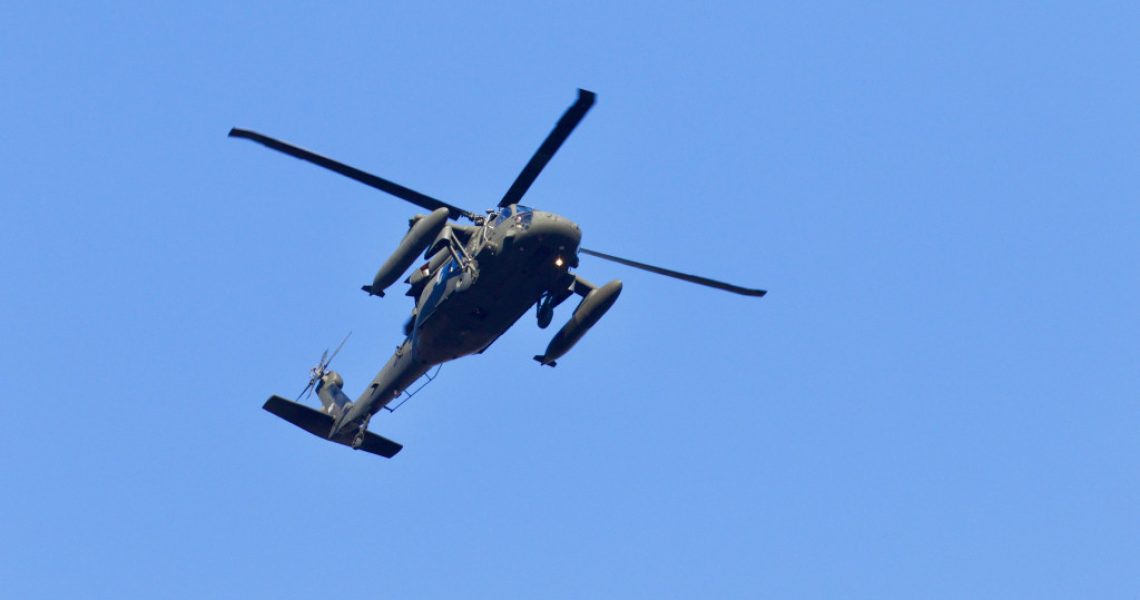- Consideration of cost, safety, speed of delivery, and air traffic regulations are essential before utilizing helicopters for shipping purposes.
- Correctly predicting the size and volume of shipment before transit is critical for successful helicopter shipping.
- Calculate cost-efficiently and early in the process to maximize profits and ensure customer satisfaction.
- Careful consideration must be taken when designing an efficient cargo transport system that considers all potential hazards.
Using a helicopter for shipping can be an effective and efficient way to transport cargo. Still, it would help if you considered several essential factors before deciding. Factors such as cost, safety, speed of delivery, and air traffic regulations must all be carefully weighed to ensure successful transportation.
Additionally, it is essential to consider the size of the shipment and whether or not it will fit on a helicopter safely. Using a helicopter for shipping can provide quick service with minimal disruption – if done correctly. This article will discuss some key elements to consider when deciding whether or not you should use helicopters for your cargo transportation needs.
Shipping details
Here are a few of the essential shipping details to consider when using a helicopter for shipping:
Size of shipment
When shipping with a helicopter, it is critical to consider the size of the shipment to maximize efficiency properly. Having a good sense of the number of items being shipped and their size or volume allows for more accurate forecasting of the cost and time needed to complete the delivery cycle.
Additionally, a suitable helicopter shipping container must be used to accommodate the specified shipment size and ensure secure transport throughout transit. Correctly predicting the size and volume of shipment before commencing transport is critical for successful helicopter shipping.
Cost

You should carefully consider cost since it is typically more expensive than other shipping options. Companies should consider associated costs, such as fuel, flight hours, and insurance, in addition to chartering or rental fees. It would be best if you estimated all these expenses beforehand so they can be appropriately calculated into the shipment price.
Although helicopters are ideal for time-sensitive packages, budget constraints may limit the number of shipments and affect overall demand. Therefore, it’s essential to calculate cost-efficiently and early in the process to maximize profits and ensure customer satisfaction with their deliveries.
Safety
The primary concern should be the safety of the goods being transported and those responsible for transporting them. Careful consideration must be taken when designing an efficient cargo transport system that considers all potential hazards, such as weather conditions.
It is also essential to evaluate operating procedures before departure and consider factors such as flight duration, distance, weight capacity, and other environmental elements. Proper pre-flight checks ensure that all aircraft systems are functioning correctly and efficiently before takeoff. Finally, careful monitoring of flight paths should also be done to avoid hazardous areas or severe terrain that could lead to an accident or delay the shipping process.
Speed of delivery
At times, the load capacity and range of the aircraft can present limitations when aiming for fast delivery, so having a larger aircraft in operation would increase the flight time between point A and point B and therefore reduce overall shipping time.
In addition, the rotor blades of a helicopter have limited speed and may prove insufficient to reach certain areas promptly. That being said, pilots must also be aware of weather conditions while en route, as any turbulence or sudden changes in atmospheric conditions, could affect the speed at which they cover ground.
Type and size of helicopters

It is essential to consider factors such as the weight and size of the items to be shipped, any special loading equipment that it may require to facilitate transportation, and any potential environmental obstacles that could hinder successful transport. A heliport or airport must also be considered when determining where the transport will occur.
If a heliport does not exist nearby, additional consideration must be given to an alternate form of transport. Furthermore, aircraft type choice can affect the shipment cost since larger pilots require more significant amounts of fuel and consume more resources overall. Certain types may even require ramp personnel or other support staff at various checkpoints along their route.
Air traffic regulations
Guaranteeing safety and efficiency while utilizing helicopters for flying during the shipping process is exceptionally important, as violating air traffic regulations can result in serious legal ramifications.
Shipping companies should take all necessary precautions to ensure pilots follow FAA regulations and standards, including adhering to altitude restrictions, avoiding flight paths of nearby airports, and having appropriate minimum visibility or ceiling levels when operating.
Considering these air traffic regulations will benefit the overall safety of a shipment process and help avoid collisions, hazardous flight patterns, or other dangerous scenarios on account of inexperience or complacency from pilots, which could ultimately lead to degraded quality of service and punitive financial losses.
These are key elements to consider when deciding whether or not you should use helicopters for your cargo transportation needs. Utilizing this form of shipping can be efficient and cost-effective if done correctly. Still, it is important to take into account all relevant factors that could affect success and safety before committing to a helicopter shipment.

